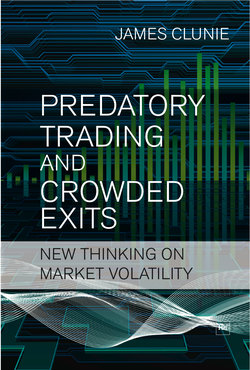Читать книгу Predatory Trading and Crowded Exits - James Clunie - Страница 8
Many financial models assume a fair value exists
ОглавлениеWhether or not it is sensible in practice to think about the fair value of a security, a number of financial models assume that there is such a thing as the fair value of a security. A quick trawl through published articles and working papers on asset pricing reveals that this is a very popular assumption in academic work. Some models go further still: not only do they assume that there is a fair value to a security, but this fair value is known with certainty to some market actors, such as arbitrageurs. But how do the arbitrageurs know the fair value of a security? Most papers are mute on this subject.
Why would a model-builder make such an assumption?
Mainly because it creates a framework for thinking about markets which, through further analysis, can provide illumination on how markets work. The assumption that fair value can be known with certainty might come as a surprise to some arbitrageurs. To know the fair value for say, a stock, seems like a hopelessly unrealistic assumption. However, academic work sometimes makes simplifying assumptions, to reduce the complexity of a situation, and to make the mathematics more tractable.
According to Friedman (1953), the use of unrealistic assumptions does not invalidate the work, so long as the predictions are accurate. Thus, the notion of a fair value that is known to some, but not all, market actors is a simplifying assumption to help us understand the actions of arbitrageurs and the workings of markets. It is worth bearing this in mind when looking at financial models that rely upon such assumptions. Models can provide illumination on how markets work, but a trader must avoid the mistake of relying wholly upon the predictions of models.
